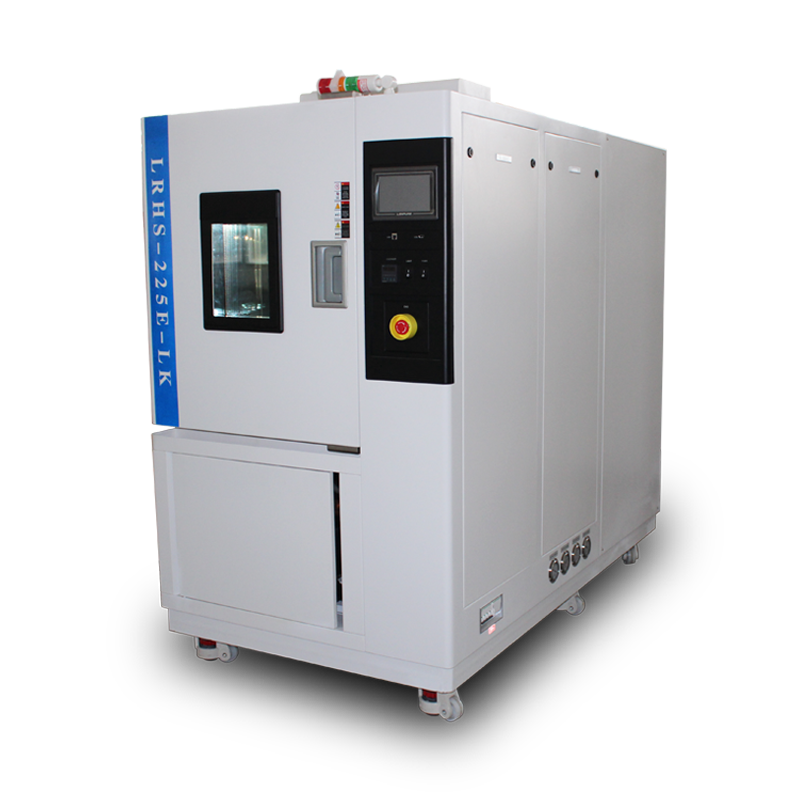No, they are not exactly the same. While rapid temperature change test chambers and temperature shock test chambers share some similarities, their designs and testing purposes differ slightly.

A rapid temperature change test chamber is primarily used to evaluate the stability and durability of products or materials under alternating high and low temperature conditions. It achieves this through rapid heating and cooling cycles to simulate real-world environmental changes that products might encounter.
In contrast, a temperature shock test chamber is designed to assess a product's ability to withstand extreme temperature transitions. It employs instantaneous temperature shifts (e.g., abruptly switching between extreme high and low temperatures) to test the product's resistance and reliability under sudden environmental changes.
Thus, although both chambers share overlapping functionalities, they exhibit distinct differences in testing objectives and operational methodologies.













